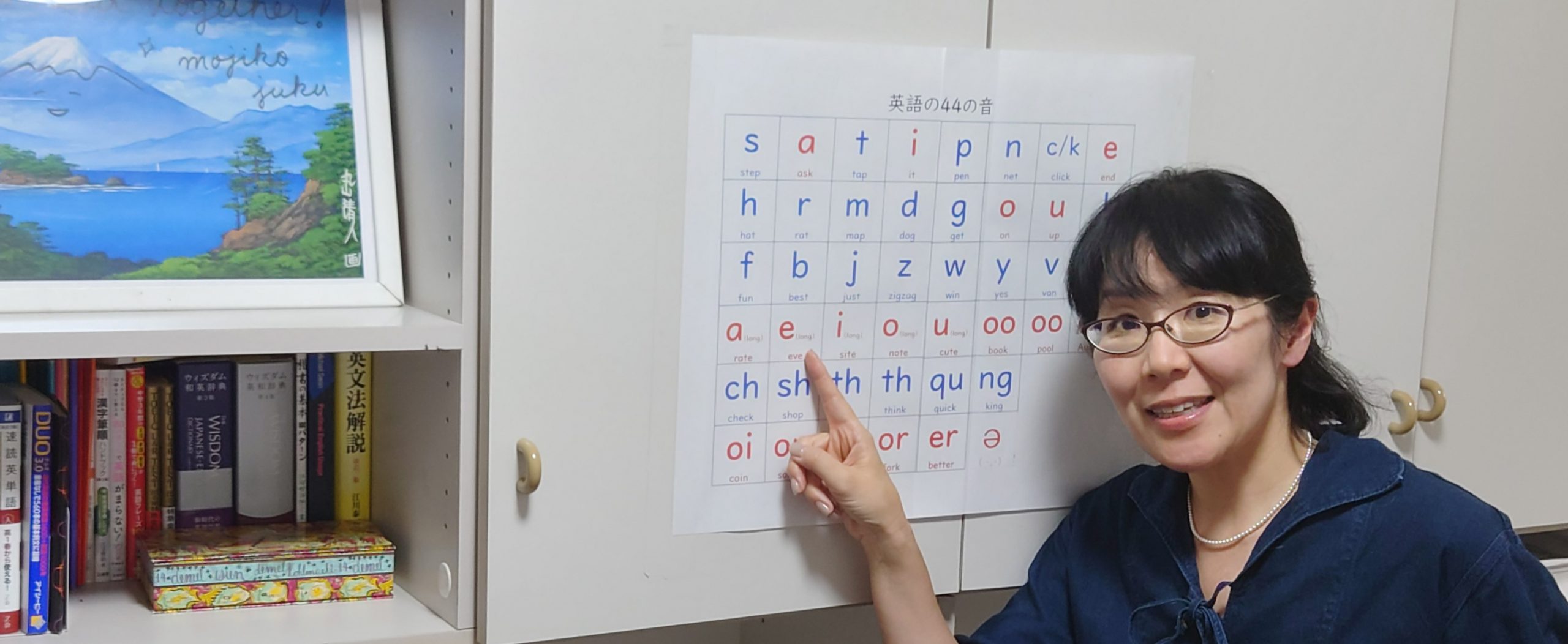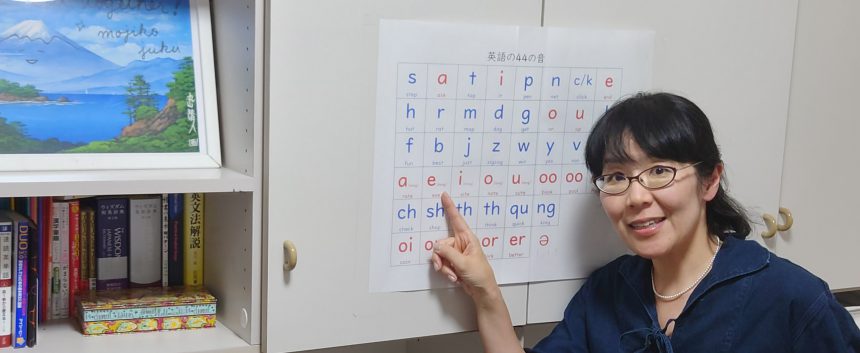
Narita, who was originally a translator and English teacher at a preparatory school, happened to come across dyslexia while working as a translator when her elementary school son was struggling with learning to read.*1He learned about the existence of " and began studying online, through specialized books and attending seminars.BlogWhen he shared what he had learned about dyslexia on the website, he received an unexpectedly large response, and as there were many requests for English learning methods suitable for dyslexics, he opened an English school for dyslexics in Minami-Shinjuku in 2017.Mojiko School" was established.
dyslexia*1: A type of learning disability (LD), also known as developmental dyslexia. There are no visual or auditory abnormalities and no intellectual problems, but even with normal learning, there is significant difficulty in the ability to read and write. The main cause is thought to be a disorder in the brain's phonological processing. While it is easy to learn a writing system in which characters and pronunciations match, such as Japanese kana, it is said to be difficult to learn a writing system in which characters and pronunciations change depending on the combination, such as English.
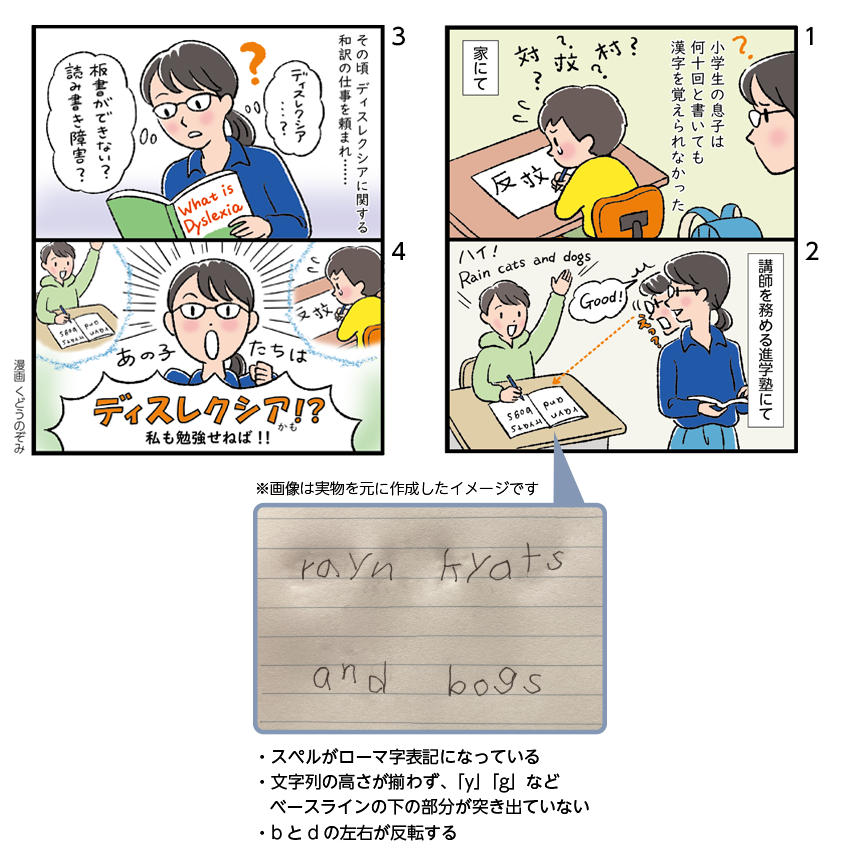
The origins of Mojiko Juku and its fun methods
IntervieweeAyumi Narita, CEO of Mojiko Juku, an English school for students with dyslexia
Interviewer & Writer: Morisawa Inc. Hiromi Takada (UD digital textbook font developer)
Morisawa: Actually, Narita and I (Takada) are mom friends whose sons were together when we were in nursery school. After I started working on UD fonts, I started studying developmental disorders and attended the Japan LD Society conference to learn about dyslexia. I bumped into Narita again at the conference, and since then I've learned a lot from her, who is very knowledgeable. How did you study dyslexia, Narita?
Mr. Narita: I am still studying, and I am learning a lot from my students. However, when I first learned about dyslexia, there was very little research or literature on dyslexia written in Japanese, so I spent my days groping in the dark, reading English books and papers. Then, I translated the content I found interesting and wrote a blog about it, and many people came to see me and taught me all sorts of things. Soon after I learned about dyslexia, I noticed that there were a certain number of dyslexic students among the students I saw at prep schools aiming for top universities, and that they were struggling to learn English, so "teaching English to dyslexic students" became a theme for me. However, at first, I couldn't find any presentations about English when I went to Japanese academic conferences, and I was even told that "English is impossible for dyslexic students." On the other hand, after that,AUDELLMs. Kayoko Murakami, who will become the president of the Universal Design Research Society for English Language Education,Jolly PhonicsProfessor Keiko Yamashita, who popularized theMichimura's Kanji Learning MethodI was greatly inspired by my meeting with Shizue Michimura, who came up with the idea. Eventually, more and more people asked me to teach them English, so I founded Mojiko Juku. I also traveled to the US three times to attend conferences called the International Dyslexia Association (IDA), where I learned from leading neuroscientists and local English teachers who are well versed in dyslexia, and what I learned has had a major impact on the content of Mojiko Juku's lessons. "How do people read?" and "how do we teach reading to people who have difficulty reading?" are areas of ongoing research even in the US, and I am studying them every day.
Morisawa: Dyslexia has only just started to be talked about in Japan in the last 10 years or so, and I'm sure there are many parents who are troubled by it. Are there any books or teaching materials you would recommend?
Mr. NaritaThe first books I read after learning about dyslexia were the American book "The Dyslexic Advantage" andCertified NPO EDGE Written by Eiko TodoDyslexia is okay!It was because I first encountered these two books that I was able to take a positive view of dyslexia. Later, under the supervision of Mr. Todo, I was invited to be a translator for the American book, "It's ok to have dyslexia!It has been published in Japanese under the title "Dyslexia and the Way of Thinking" (Kaneko Shobo). It is a book that introduces the thinking methods and strengths of people with dyslexia.
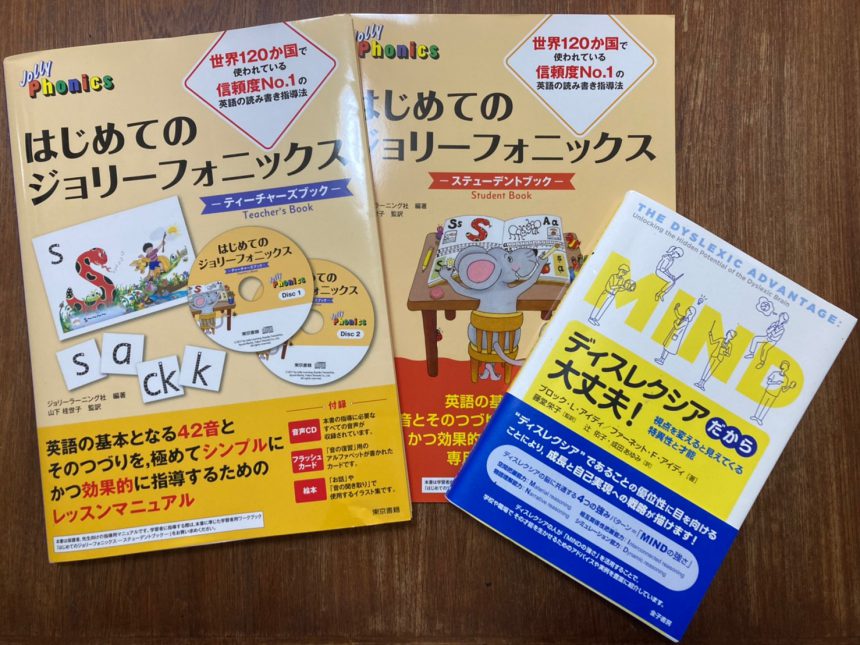
When I was asked to translate this book, I thought, "I want to convey the contents of this book to people with dyslexia.UD Digital Textbook Font". Before that, all of the handouts at Mojiko Juku had been using UD digital textbook font, and students had praised it, saying that it had a "warm feel" and that it was "easy to read for long periods without getting tired." After negotiating with the publisher, they gave us the OK, and thanks to that, the finished product was easy to read for those with learning disabilities. They also made the spacing between the lines wider to make it easier to read. This was the foundation of "Mojiko Juku."Blog PostIt is also published on.
Morisawa:Thank you for choosing us! We would be honored if we could help people with dyslexia read books.
Why Phonics is Effective for Dyslexia
Morisawa: When developing the UD Digital Textbook Series for Western Languages, Mr. Narita taught us about the points where children with learning disabilities tend to make mistakes and how to take care of them. The teaching materials on the wall here also have the "UD Digikyo Latin" but what does this indicate?
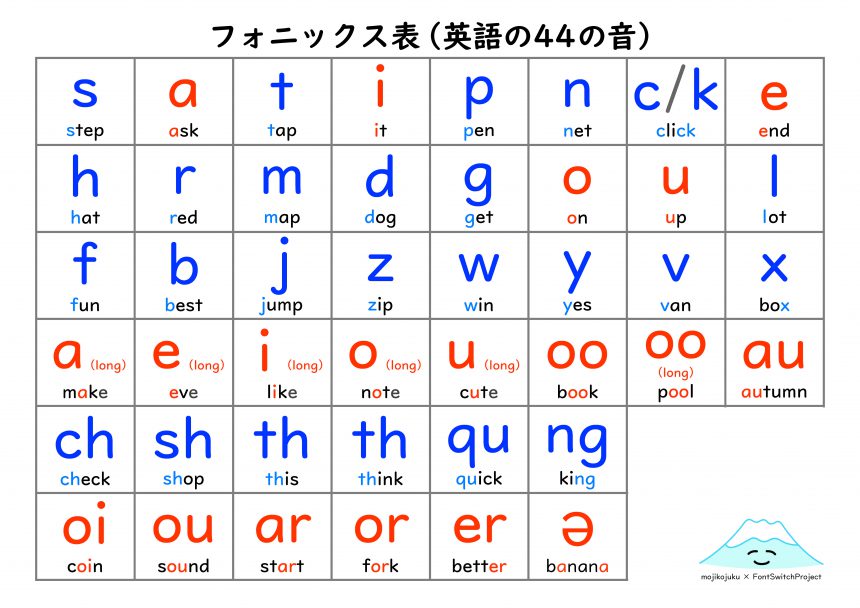
Mr. Narita: This is phonics*2Here's a table. It maps the 44 phonemes (the smallest units of sound in English) to the typical letters that are pronounced that way. The letters in red are vowels, and the letters in blue are consonants. The English alphabet has a "pronunciation" in addition to a "name." If you memorize the letters and their typical corresponding pronunciations, you will be able to pronounce a significant percentage of words you see for the first time.
Phonics*2: A learning method that systematically teaches the relationship between English letters, spelling, and pronunciation
Dyslexia is also said to be a phonological disorder, but English has smaller sound units than Japanese, and there are many exceptions to the correspondence between sounds and letters, making it more difficult to manipulate sounds than Japanese. For this reason, people with dyslexia have much more difficulty reading English than they do reading Japanese. Therefore, thoroughly mastering "phonics," or the correspondence between English sounds and letters, will help them in their subsequent English studies. As the students who attend this cram school are junior high school students and above, they acquire pronunciation at a faster pace than with phonics materials taught in early childhood or the early elementary school years. We also use "UD Digikyo Latin," from the UD Digital Textbook Fonts Latin series, as we know it is an easy-to-read font that is considerate of students with dyslexia. The UD Digital Textbook Fonts alphabet included with Windows is a variation of the "Ball & Stick" font, which is unpopular with children with dyslexia.*3> Therefore, Mojiko Juku did not use it, but when we started using "UD Digikyo Latin" from the lineup, students were pleased that it was easier to read than "Comic Sans," which we had used previously.
Ball & Stick Body*3: The alphabet is made up of circles and vertical lines, making it difficult to distinguish characters that tend to be symmetrical, such as "b/d" and "p/q." While this style was widely used in early English textbooks and teaching materials, handwritten character shapes such as "UD Digikyo Latin" have been adopted in textbooks since 2020, in accordance with the teaching materials presented by the Ministry of Education, Culture, Sports, Science and Technology.
Morisawa: It's nice to hear children say that it's easy to read. Looking at this phonics chart, I see that there are so many vowels in English! I thought there were only five. There are two of each of "a," "e," "i," "o," and "u" on this chart, but are they pronounced differently?
Mr. Narita: That's right. The pronunciation of the hiragana character "a" is always the same, but in English, "a" is pronounced differently in "ask" and "make," and "e" is pronounced differently in "end" and "eve." Even the same letter can be pronounced differently, such as "a" being pronounced as "a" or "ei," and "e" being pronounced as "e" or "ee." For example, a bird's nest is called a "nest" in English. If you have mastered phonics, you can listen to the pronunciation and, based on your knowledge of phonics, break it down into phonemes "n, e, s, t" and write "nest" with the corresponding letters. However, if you haven't studied phonics, you will be influenced by the Roman alphabet and end up writing it as "nesuto."
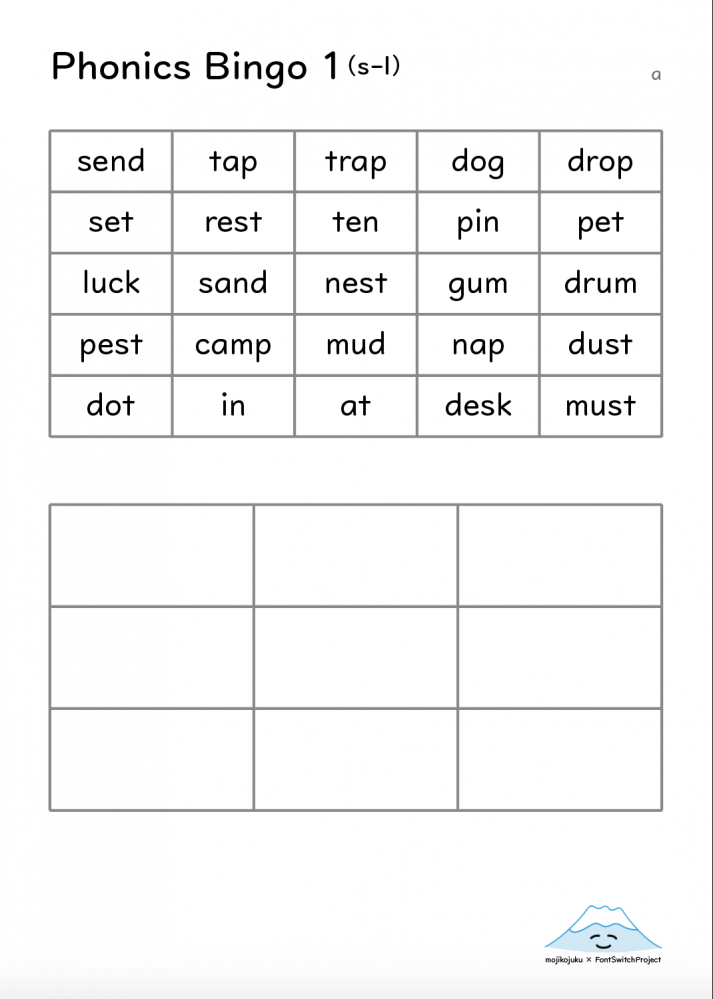
Morisawa: I see. So phonics is helpful for pronouncing spellings and recalling spellings from sounds, especially for dyslexic students who have difficulty with phonemes. What else do you do in class?
Mr. Narita: Have fun practicing with "Phonics Bingo." Each lesson consists of 25 words chosen around a specific theme. Each student is given a sheet. The same words are arranged in different ways on each sheet. Students take turns reading their favorite words. They and the other students circle the words they have read, and the winner is the student who can create the most circles of words after three minutes. Students also have to choose nine words from the 25 words below and copy them into the boxes below, competing to win one row or two rows first.
Morisawa: It sounds fun. Rather than just practicing pronunciation and memorizing words, you can learn in a game-like way! Narita-san has kindly agreed to give us the "phonics chart" and "phonics bingo sheet" that were mentioned in the interview. Why not try them out at home or in your class?
Teaching material explanation
The phonics cards are printed on both sides of thick paper and cut out using the wavy lines on the front. When you turn them over, the three English words with that pronunciation will appear. Thanks to Narita's generosity, we are preparing a recording so that you can also hear the pronunciation. Once completed, we will post it on MORISAWA BIZ+'s Twitter (@MORISAWA_BIZ) will inform you.
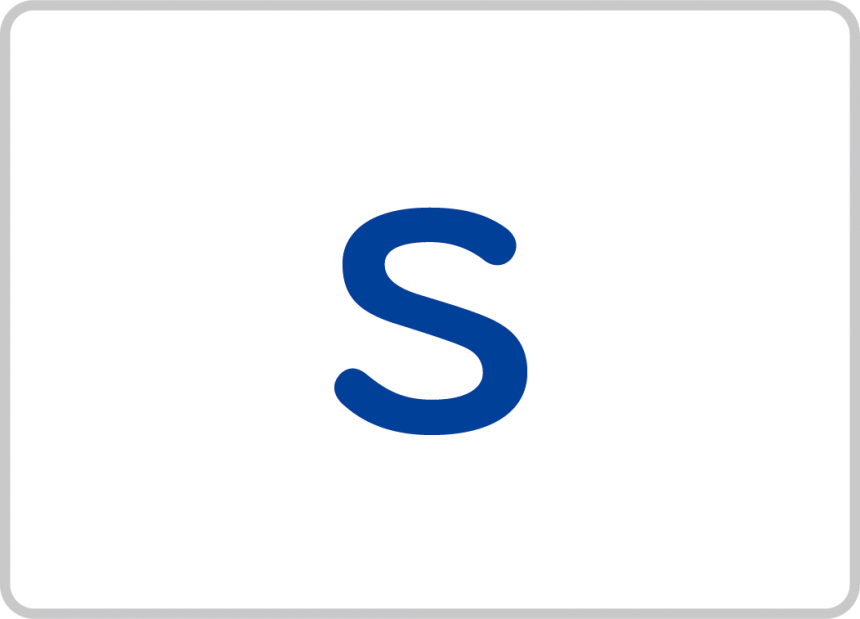
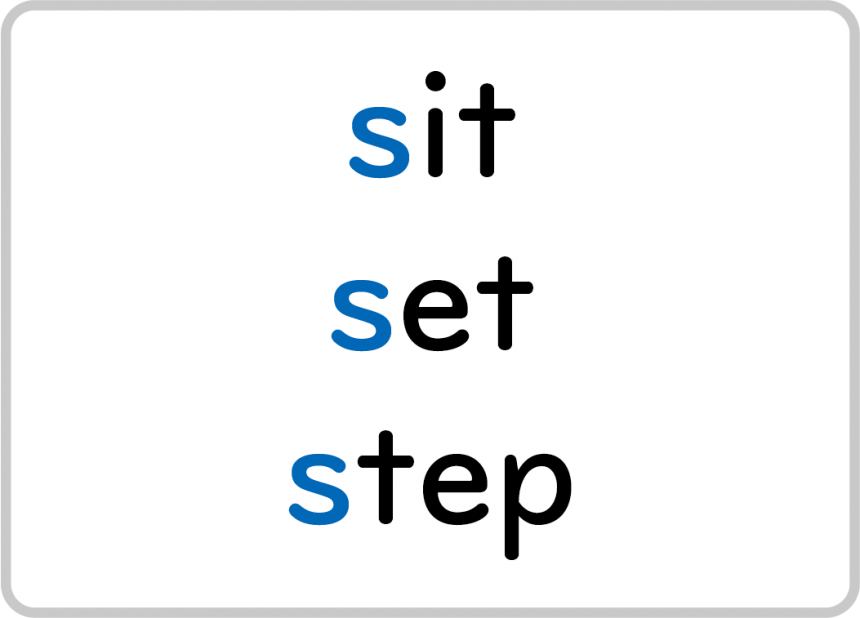
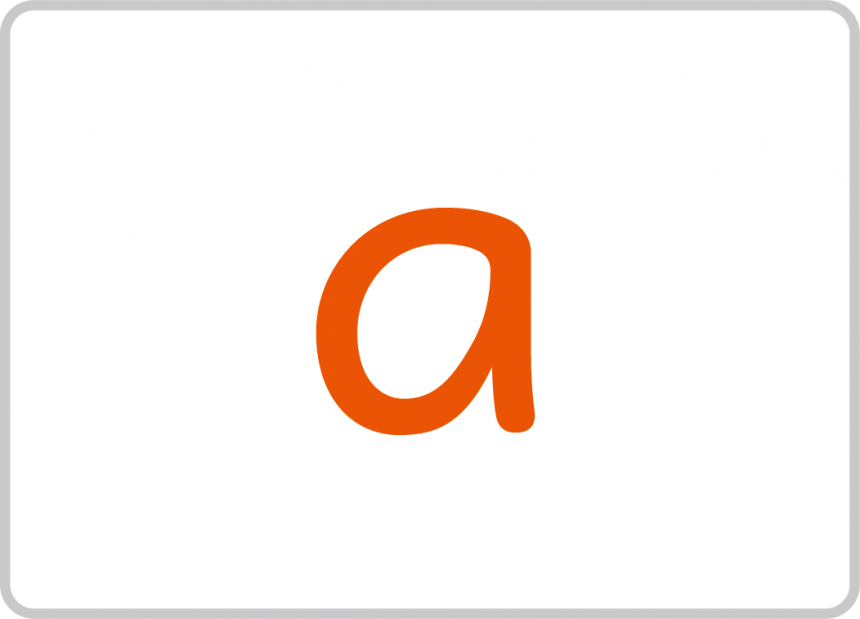
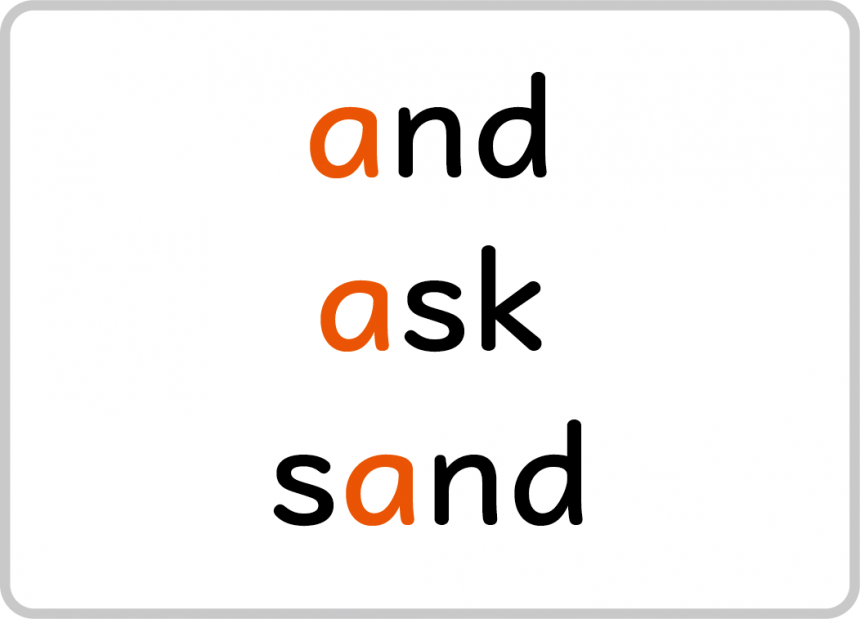
Bottom row: Three English words containing the pronunciation of the table (back)
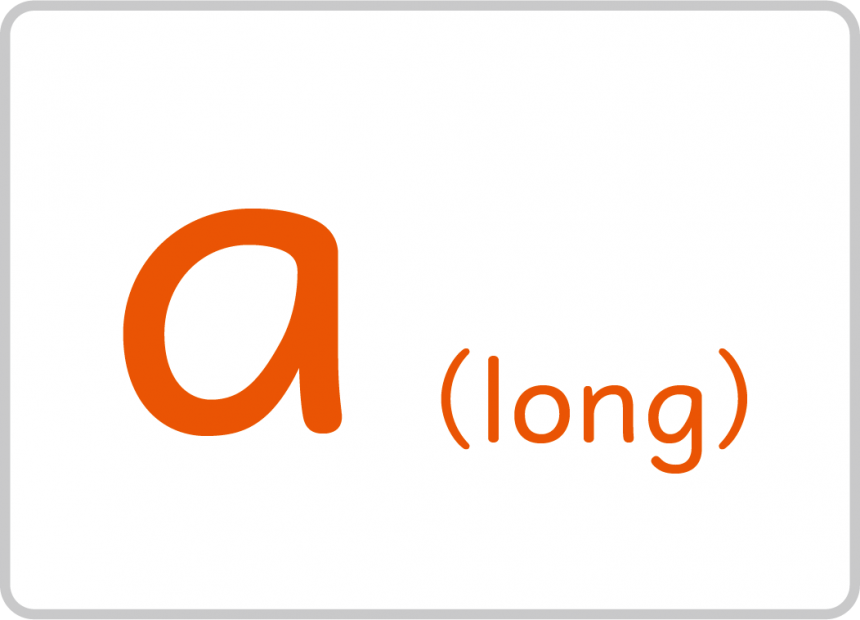
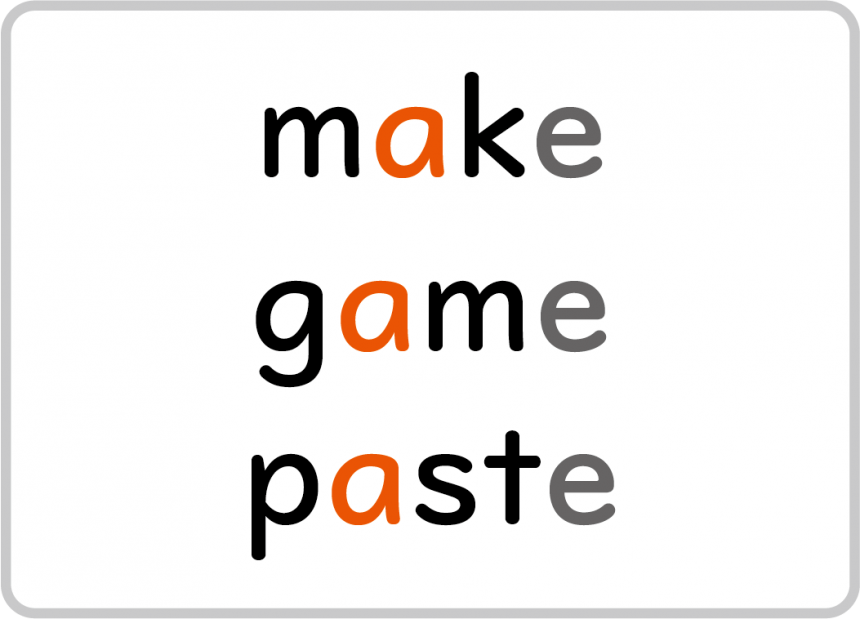
"UD Digital Textbook Font" is a breakthrough in rational consideration
Morisawa:Finally, please tell us what you expect from Morisawa and what kind of activities you would like to do in the future.
Mr. NaritaI feel that the development and inclusion of "UD Digital Textbook Font" in Windows has also marked a breakthrough in providing reasonable accommodations for children with reading and writing difficulties. First of all, teachers can easily change the font on handouts at school, and the changes in readability for children who need special consideration are easily noticeable, which increases teacher satisfaction. This will likely lead to other considerations, such as changing the paper color or extending test times. Furthermore, since this font is easy to read even for children who don't have reading and writing difficulties, it's a beneficial change for everyone. It's truly universal design, isn't it? Therefore, I hope Morisawa will continue to promote "UD Digital Textbook Font" as a font that teachers can easily use.
Also, in America, dyslexia is strongly recognized as a phonological disorder, so I feel like people are a little less concerned than in Japan with choosing and using fonts that are visually perceived. I hope Morisawa will continue to spread the importance of font selection and how to create easy-to-read materials to the dyslexia community not only in Japan but overseas as well. I'm sure this will be the first universal design font from Japan to be used overseas as a Western font!
I myself would like to continue to create methods and teaching materials that are easier to learn and more effective, based on the latest research, including American literature, while observing the reactions of my students. People with dyslexia tend to focus only on their weaknesses, but if they are provided with an environment and learning methods that understand their characteristics, everyone can learn freely with a sense of self-affirmation. I would like Mojiko Juku to be a place where children with dyslexia can utilize their strengths to maintain their motivation and learn in a fun way.
Morisawa: Seeing children learning with such enthusiasm and joy gives us hope. Although we are in different industries, I hope that people from various professions can work together in a positive way. Thank you for today's interview.
The "UD Digital Textbook Font" and the European font "UD Digikyo Latin" used in the teaching materials are available through the MORISAWA BIZ+ service (55 UD fonts available for 330 yen per month).
For details on MORISAWA BIZ+Here
If you would like students or teachers to use UD fonts or would like to consider introducing them to your school organization, please contact us using the form below.
When introducing UD fonts to a school organization, we are also happy to provide UD font training for teachers, Q&A sessions, and consultations on teaching materials upon request.
It is said that there are 6.51 TP3T children who are suspected of having developmental disorders, and 4.51 TP3T children who are suspected of having learning disabilities, including dyslexia. This means that if there are 40 students in a class, one or two children may have dyslexia.
(Source: "Ministry of Education, Culture, Sports, Science and Technology, Survey Results on Children and Students with Potential Developmental Disabilities who Require Special Educational Support and are Enrolled in Regular Classes, 2012")
Taking this background into consideration, Morisawa will use the power of letters to support the creation of an environment where everyone can learn freely!

